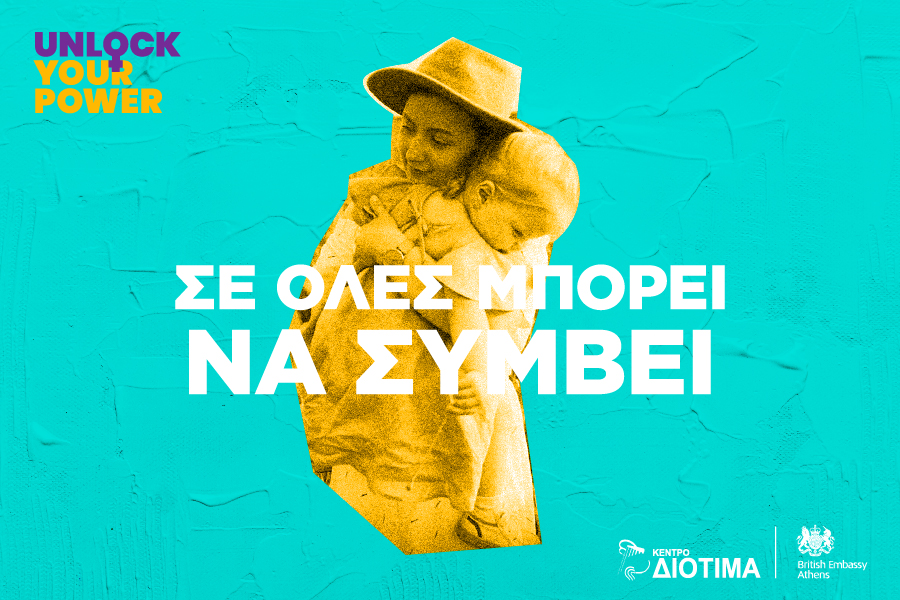All too often abused women report feeling trapped in a tight cord, in a vicious circle from which they cannot escape. This feeling is created when the victim is faced with the so-called “cycle of violence”.
The “cycle of violence”, which has three phases, comes into play in all abusive relationships, leading the survivor to a state of paralysis, resignation, and ultimately victimization, which is also the goal of the abuser, in order to ensure the bending of her resistance.
First phase: building the tension
The pattern is stable, consisting of three distinct phases, which vary in time and intensity. First is the “building the tension” phase. This is where the first signs of abusive behavior appear. Stress in the relationship begins to escalate.
The abusive spouse/partner has unexpected outbursts of anger, for trivial reasons (e.g. because the food is not ready on time or because the baby’s crying woke him up).
The woman thinks she can appease him by being submissive and nurturing or by keeping her distance. She herself stifles her anger. Gradually, the situation begins to spiral out of control, with the abuser steadily increasing the psychological pressure. This phase can last a long time.
Second phase: the “explosion”
Mania, rage, brutality, lack of control, severe episodes of abuse, physical harm – this is the ‘explosive phase’. Here the survivor understands that it is impossible to have a rational and responsible discussion with the abuser. She believes that any projected resistance will make the situation worse.
This is the most terrifying moment in the “cycle of violence”, which can lead to serious bodily harm and even femicide. At the same time, it is also the shortest phase, as it usually lasts from two (2) to twenty-four (24) hours.
Many women then leave the abuser. Still others, unable to leave for various reasons, distance themselves from the attack and the terrible pain it causes.
Third phase: the “reconciliation”
After the outbreak follows the “period of reconciliation”. Tension and violence subside. The couple feels relieved and keeps the violent episode quiet or finds ways to justify it.
The abuser transforms into an “angel”, shows remorse, apologizes, asks for forgiveness, offers gifts, and promises not to do it again.
But in no case does he take responsibility for his actions. On the contrary, he insists that the victim’s behavior drove him to violence.
The abused woman during the third phase, wanting to maintain the calm atmosphere, convinces herself that the partner/spouse will not do it again and that he will change. This is the most critical phase for her entrapment and victimization.
Soon the cycle will repeat itself…
Unlock your power
During the quarantine period, women living in violent relationships are the most threatened. Every survivor can escape abuse if they “unlock” the power hidden within them. All women have the right to safety, justice, freedom; to a life free of violence.
Search for the campaign
Diotima Center: diotima.org.gr | Facebook: Diotima Center for Women’s Studies and Research | Twitter: @CentreDiotima | Instagram: @diotima_center | Linkedin: Diotima | Tiktok: DiotimaCentre | Youtube: Diotima Center
British Embassy in Athens: GOV.UK | Facebook: UK in Greece | Twitter: @UK in Greece & @KateSmithFCDO





